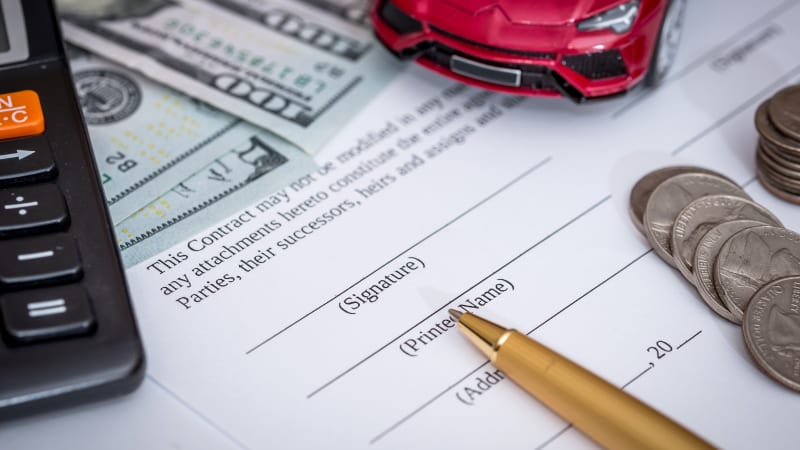This is part of our Car Buyer’s Glossary series breaking down all the terms you need to know if you’re buying a new or used car from a dealership.
When you lease a new car, it’s easy to focus on the two numbers that matter most to your bank account: the monthly payment, and the amount you have to put down. They’re easy to understand and affect you directly.
But how is the monthly payment calculated? This is where the residual value comes in. Remember, at the end of a 36-month lease, you have two options: you can return the car to the dealer and walk away, or you can buy the car. The price you would pay for that car is called the residual value. It’s what the car is worth at the end of 36 months, when you factor in how much value it has lost being three years old (depreciation is the technical term).
So, let’s use a simplified example. Let’s say you lease a car that’s worth $30,000. It depreciates 10 percent each year in actual value. So, after three years, it’s worth $21,870. Over three years, the car has lost $8,130 in value.
Now, every car is different, and the real value of a car in 36 months is hard to predict. Maybe there are way too many cars like yours all coming off their leases at the same time, flooding the market. So, your lessor won’t use actual value to figure out how much your car depreciates and what it should be worth at the end of your lease.
Instead, lessors use an artificial depreciation percentage, which is the residual value. They use a lot of data to calculate it, so it’s not a wild guess. It’s also not negotiable, but the specific residual value can vary from lessor to lessor.
Why does this matter to you? Your lease payment is basically the depreciation, split up over 36 months, with some fees and interest added in. What a lease is, essentially, is paying for how much value the car loses over the time you have it. If you stop and think about it, that makes a lot of sense. And at the end of the lease, you could buy the car for whatever value is left in it, or hand it off to the dealer.
Now, in the real world, a lease is more expensive than that, considering you are paying fees, interest, and a bit of profit to all the people involved in getting you that lease. But different lessors calculate the residual value differently, so you can definitely shop around to try to get a favorable residual.
Ideally, you’d want a high residual value. If the car holds its value really well, there will be less depreciation – and that means lower payments, since you only pay for the value you “use” over the course of the loan.
Here’s an important thing to watch out for: “subvented” or “subsidized” leases. That’s when a dealer offloads a really slow-selling car by pumping up its residual value artificially. While that is great news if you don’t plan on buying out your lease – you’ll have lower monthly payments since there’s less calculated depreciation than normal – it’s bad news if you want to buy out the lease. Compared to other used cars out there, the residual value will be artificially high. That means the buy-out price will be higher than buying a different used car outright. Just be aware of this when you see an unusually high residual value – it may be a good option for you, or it may not.
We hope this gives you a good overview of how important the residual value is to getting the best lease for you. Happy shopping!
Source: www.autoblog.com

